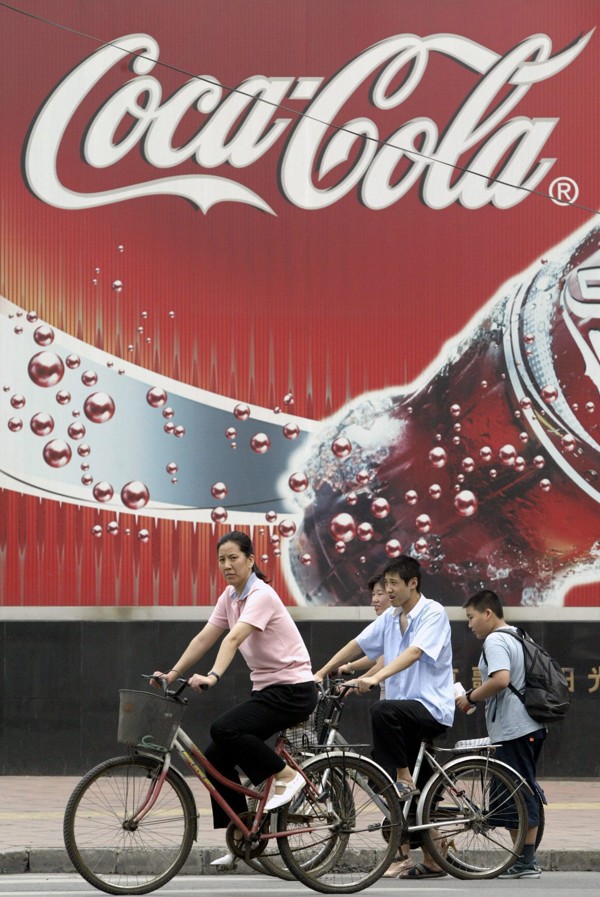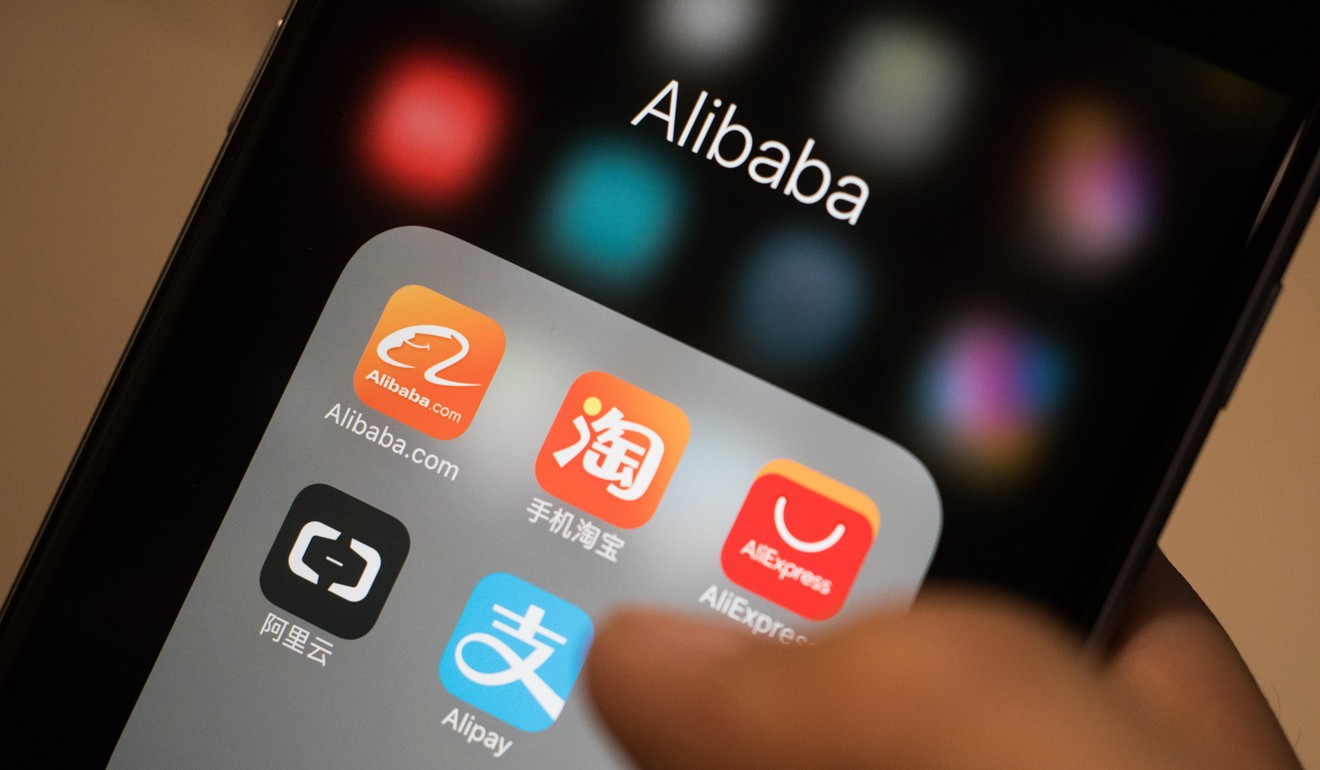
China and Asia’s middle class to power region’s rise as the world’s top advertising market
Ad-tech companies like The Trade Desk are helping foreign brands keen to expand their reach in China by selling advertising space on web platforms run by Alibaba, Baidu and Tencent
A rapid surge in middle class and digitalisation of ads will help Asia-Pacific, led by China, to overtake the US as the top advertising market, fuelling ad-tech companies like US-listed The Trade Desk’s expansion into the region.
APAC is currently the second largest region for global spending in advertising, expected to grow 7 per cent this year to reach US$165 billion, behind North America’s US$218 billion, according to research firm Magna Global’s advertising forecast spring 2018 update.
Already the biggest contributor to global growth in spending on advertising, between 2017 and 2020 the region will add 43 per cent of all new money to the market – US$32 billion of US$75 billion – led by a 22 per cent contribution by China, according to Zenith Media’s advertising expenditure forecasts in June.
Vincent Letang, director of global forecasting at Magna Global, said Asia is bound to overtake given the difference in average growth rates in advertising spending. “In APAC it is basically 8 per cent and in the US more like 3 per cent. It is just a matter of time before APAC becomes the biggest region, whether it is in the next five years or more,” said Letang.

The focus is on digital, with Asian money to this field predicted to increase almost 17 per cent this year to US$70 billion, according to Magna.
“Digital is obviously the growth engine for APAC, because of economic growth and a broader middle class, which is making Asian audiences more attractive to local and international brands. Those are the key drivers,” said Letang. Already, the number one media form in China is digital, and it is growing rapidly in India, he said.
“Western ad-tech firms are clearly trying to take positions in Asia but they have competition from local firms, so it is a challenge.”
The Trade Desk, which first entered Asia through Singapore in 2013, is one such firm. The company now has seven locations across APAC, and plan to expand into India in the next one-to-two years.
“We are living through a change in advertising: from traditional to digital, from the random guessing and tapping into the intuition of people, to the data-driven approach to advertising,” said Jeff Green, founder and CEO of The Trade Desk.

Within 10 years Asia will contribute over 50 per cent of the “trillion dollar pie” that the global advertising market will become, from the “US$700 billion pie” it is today, Green, 41, predicted.
We are living through a change in advertising: from traditional to digital, from the random guessing and tapping into the intuition of people, to the data-driven approach to advertising
Using data, analytics and artificial intelligence, the technology company helps advertising agencies and their brands buy digital advertising space on platforms like Spotify. Their software helps companies spend money efficiently, by targeting relevant audiences and maximising their reach.
Asia’s middle class is at the forefront of this shift. The region is forecast to represent nearly 70 per cent of the global middle class population by 2030, and nearly 60 per cent of its consumption, compared to 28 per cent and 23 per cent respectively in 2009, according to the OECD.
About 85 per cent of the California-based ad-tech company’s revenue comes from inside the US, but Green’s relocation to Hong Kong earlier this year highlights their focus on boosting business in Asia.
The Trade Desk set up in Shanghai last year, for example. They have partnered with e-commerce giant Alibaba Group Holding and internet search giant Baidu, and have “good relationships” with Tencent Holdings. Alibaba owns the South China Morning Post.
Still at the early stage of building relations, they aim to sell advertising space on these platforms by the end of the year, for foreign brands wanting to expand their reach in China.
“Through 2017 nearly half of the top 200 global advertisers spent at least US$1 million on The Trade Desk platform. We help them spend in China: an outside-in strategy,” said Green. “We power the biggest brands in the world that Chinese consumers already know, like Coca-Cola and BMW, and come in writing cheques to Alibaba and Tencent to run ads on their sites. We are bringing money into China.”

Mobile is also a key driver in digital advertising, and smartphone penetration in Asia is only fuelling this.
“Smartphones are the number one screen for the younger generation. We are already living in a mobile world and advertising is catching up with that,” said Letang.
Zenith predicted mobile to be the main driver of global advertising expenditure growth by 2020, with a US$187 billion global spend, compared to US$88 billion on desktop advertising.
“Every market in Asia we are in is mobile first, and mobile biggest. We are by all definitions a mobile-first company,” said Green. Mobile represents 45 per cent of their spending – the largest channel on their platforms.
For now Green’s focus is on Asia and more specifically China, which he expects to be the largest advertising market in the world.

